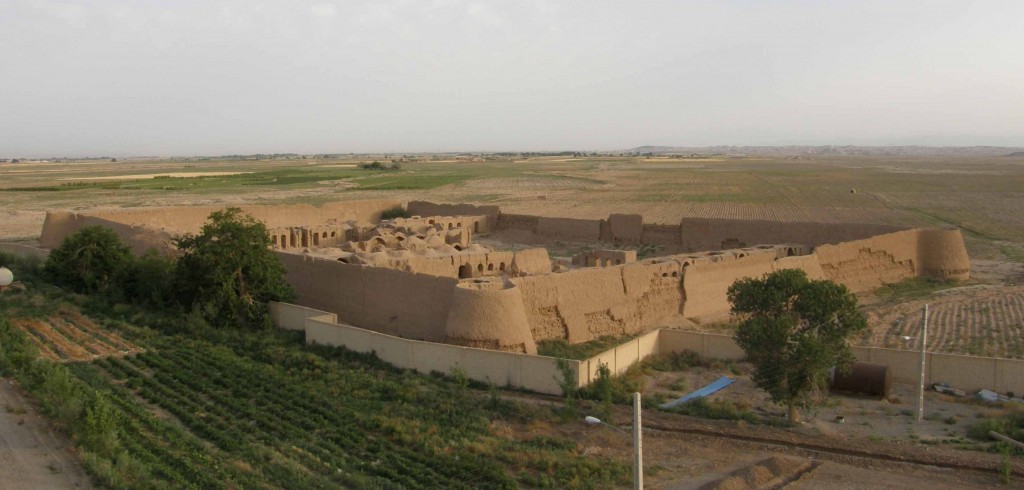As her second research seminar in two days, Dr Ruth Young joined us for our departmental seminar on Friday 4th March to talk about Landlord villages of the Tehran Plain: Historical Archaeology in Iran. The project looking at Landlord villages was in collaboration with Hassan Fazeli Nashli at the University of Tehran. It was concerned with the material culture of the recent past, particularly of the ‘ordinary’ people (and especially women) in the walled villages of the Tehran Plain. As the mudbrick villages are slowly being melted by rain it was also an important aspect of the project to record and situate these villages in an historical and ethnographical framework.
The Landlord villages are walled villages with four bastions, owned by generally absentee landlords. They contained a large house for the landlord and smaller houses for the tenant farmers, over whom the landlord held huge amounts of power. The tenants worked land outside the villages, which benefitted from organised irrigation. The structure of the villages enforced and maintained social structure and the power of the landlord. They were places of inequality and poverty.
Three villages were looked at for the project, but Dr Young primarily spoke about Kazemabad. At Kazemabad the team identified and excavated an earlier village structure within the walls. They spoke to former tenants and brought them back to the now-mainly-abandoned villages to check the identifications of features. They found that there was a huge separation between the landlord and farmers’ area, and also distinction between the farmers’ housing. Women brought in a cash wage through carpet weaving and the production of dairy products (yoghurt and butter).
In the White Revolution power was given to the tenant farmers, but most Landlord villages are today abandoned. Kazemabad in particular is used by pastoralists to corral their herds for safety at night, and has also been used as a filming location.

